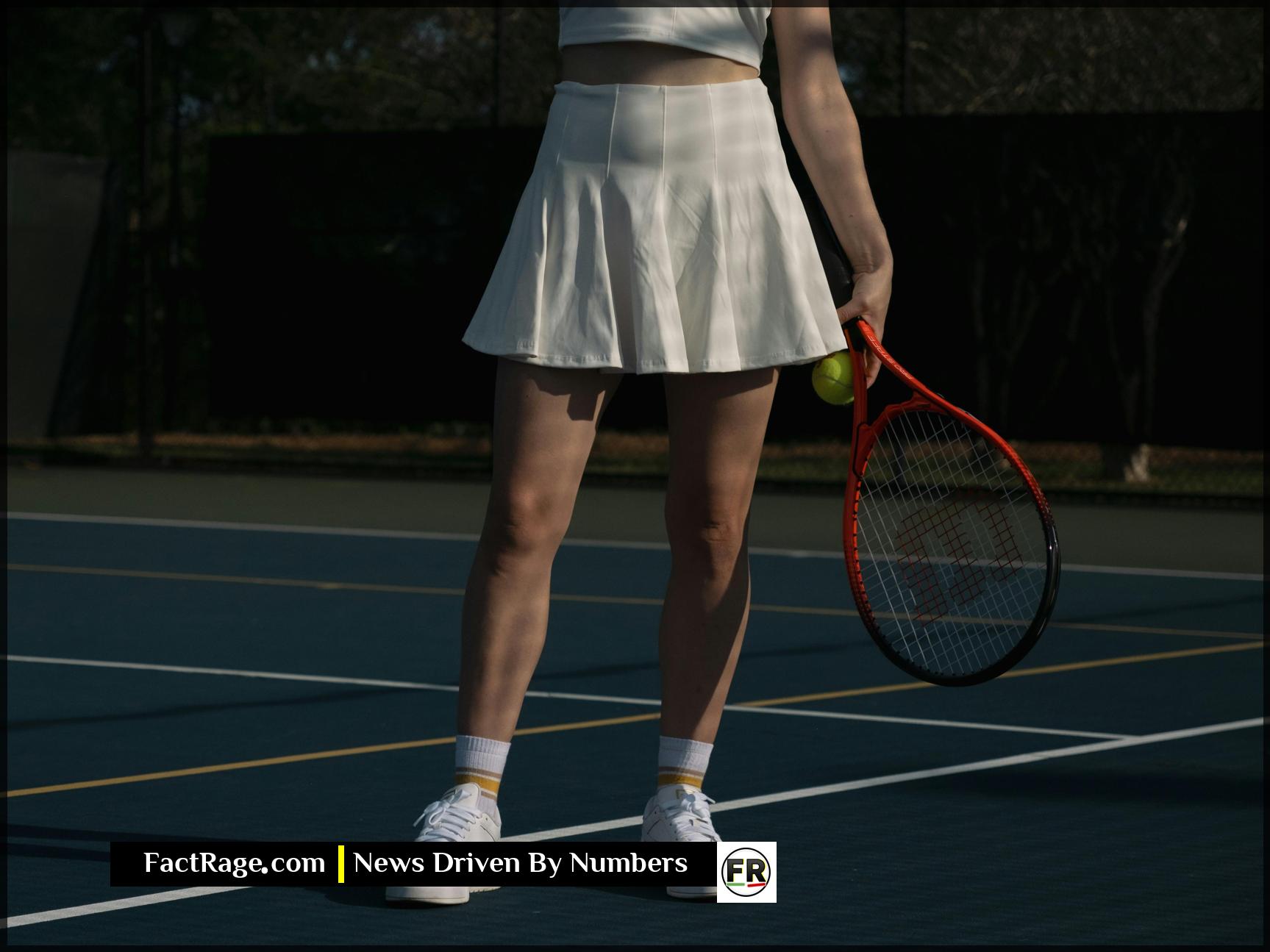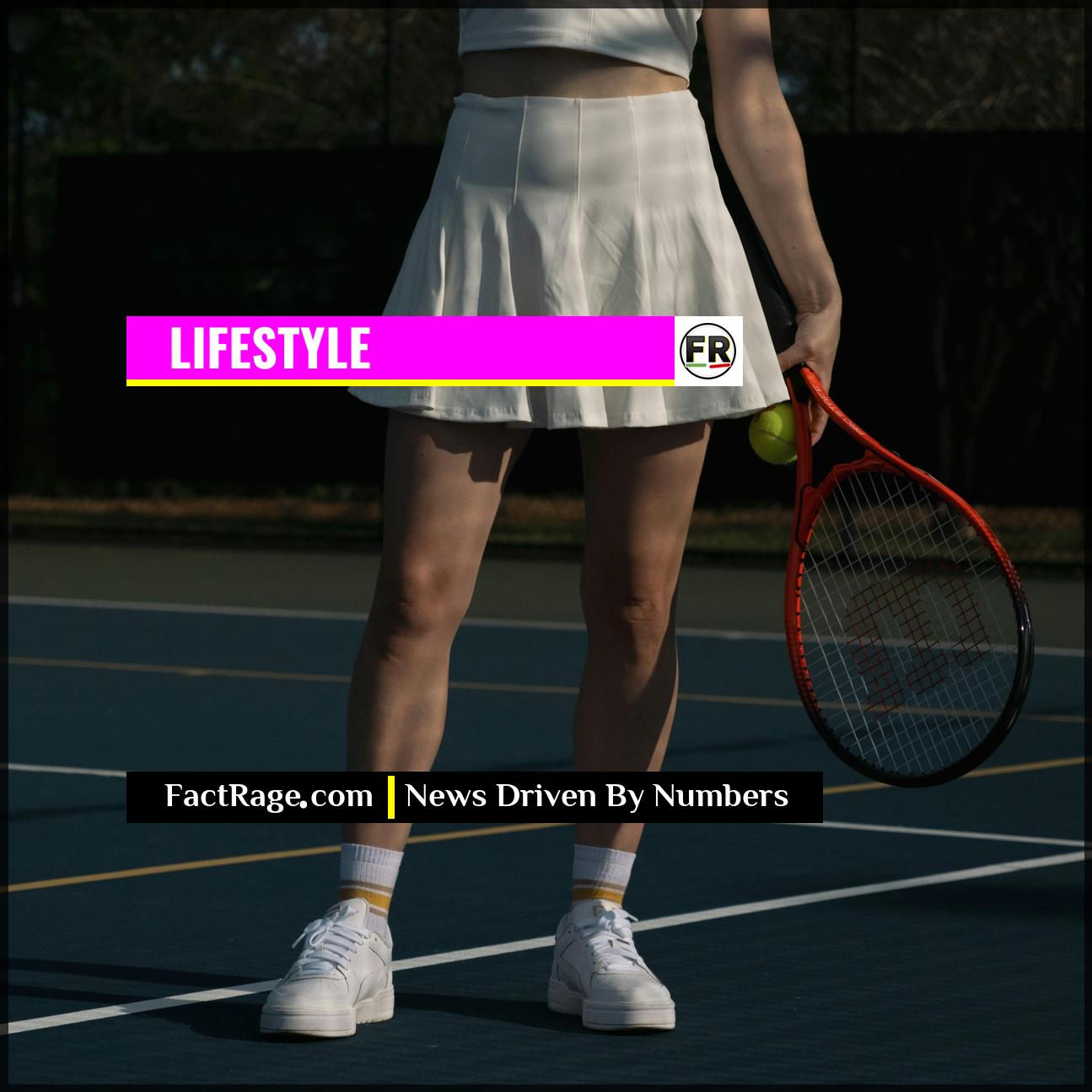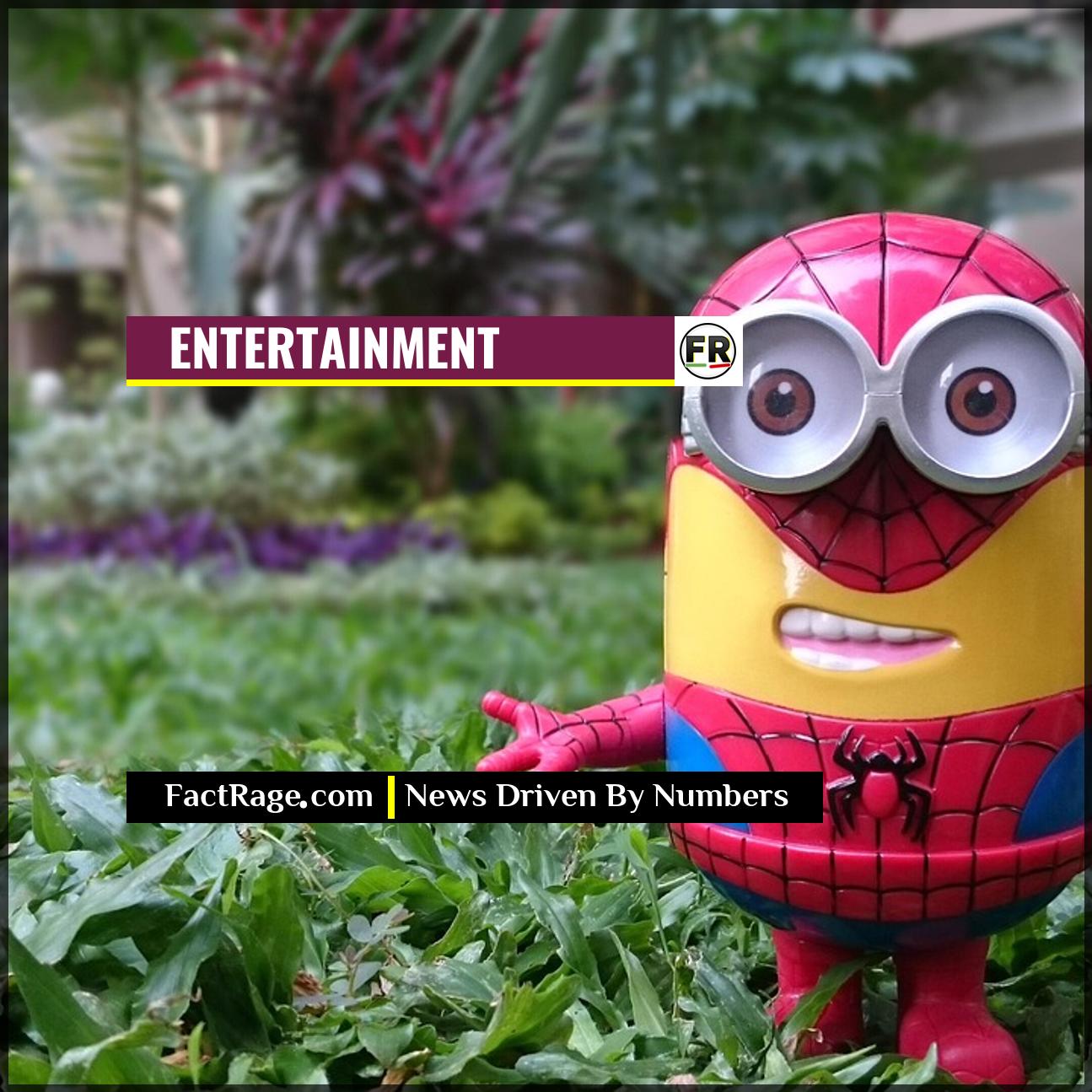LONDON, UK – As the world’s top tennis players descend on the All England Club, the event’s global influence proves to be about much more than just the final score.
- A Strict Uniform – Wimbledon is the only Grand Slam tournament to enforce a strict all-white dress code for players, a tradition dating to the 1880s that has become a core part of its brand identity.
- A-List Audience – The event is a major draw for high-profile celebrities and the British Royal Family, whose presence in the Royal Box solidifies the tournament’s association with prestige and luxury.
- Cultural Traditions – Signature elements like the consumption of strawberries and cream—with approximately 200,000 servings sold annually—and the absence of overt on-court advertising contribute to its unique cultural status.
For two weeks every summer, Wimbledon captures global attention, standing apart not only as the oldest tennis tournament in the world but as a powerful cultural and fashion touchstone. Its carefully maintained traditions and aesthetic create a spectacle that resonates far beyond the manicured grass courts.
What Makes the All-White Dress Code So Powerful?

The “tennis whites” rule is perhaps Wimbledon’s most famous tradition. Originating in the Victorian era to prevent the unseemly appearance of sweat on colored fabrics, the rule has evolved into a formidable branding tool. It creates a clean, timeless, and instantly recognizable visual identity that distinguishes it from all other major sporting events.
While the rule is strict—even off-white or cream is forbidden—it has created its own sub-narrative of fashion and rebellion. Major apparel companies like Nike and Adidas must innovate within the rigid constraints, leading to subtle design battles over textures, cuts, and silhouettes. This limitation paradoxically fuels creativity, turning player apparel into a subject of intense media and fan scrutiny each year. What does it say about a brand’s power when it can enforce such a specific uniform on global superstars?
How Did Strawberries, Cream, and Celebrity Become Essential?
Wimbledon’s identity is reinforced by rituals that have little to do with tennis. The tradition of eating strawberries and cream dates back to the tournament’s earliest days and has become a commercial powerhouse. The All England Club reports that fans consume roughly 200,000 servings of the classic dessert over the tournament fortnight, using nearly 30 tons of strawberries.
This ritual is complemented by the high-profile spectators. The Royal Box at Centre Court is a focal point, with attendance from senior members of the British Royal Family signaling the event’s national importance. Alongside them, rows are filled with A-list actors, musicians, and fashion icons, often dressed in styles that generate their own news cycles. The presence of these figures, combined with luxury brand partnerships like the one with Ralph Lauren, the Official Outfitter since 2006, transforms the tournament into a showcase of aspirational lifestyle and quiet luxury.
Why Does Wimbledon Still Dominate in a Crowded Media Landscape?
In an era of fast-paced, digitally driven media, Wimbledon’s steadfast commitment to tradition is its greatest strength. By largely rejecting overt on-court advertising and maintaining a refined, almost reverent atmosphere, the tournament has cultivated an air of exclusivity and prestige. It doesn’t have to shout to get attention; its brand is built on a quieter form of confidence.
This unique positioning makes it highly effective for modern media. The distinct aesthetic is perfectly suited for visual platforms like Instagram, where images of “Wimbledon style” from both players and attendees are widely shared. The event’s ability to balance its historic roots with sophisticated global broadcasting and digital engagement ensures it remains not just a premier sporting event, but a significant cultural moment on the annual calendar.














